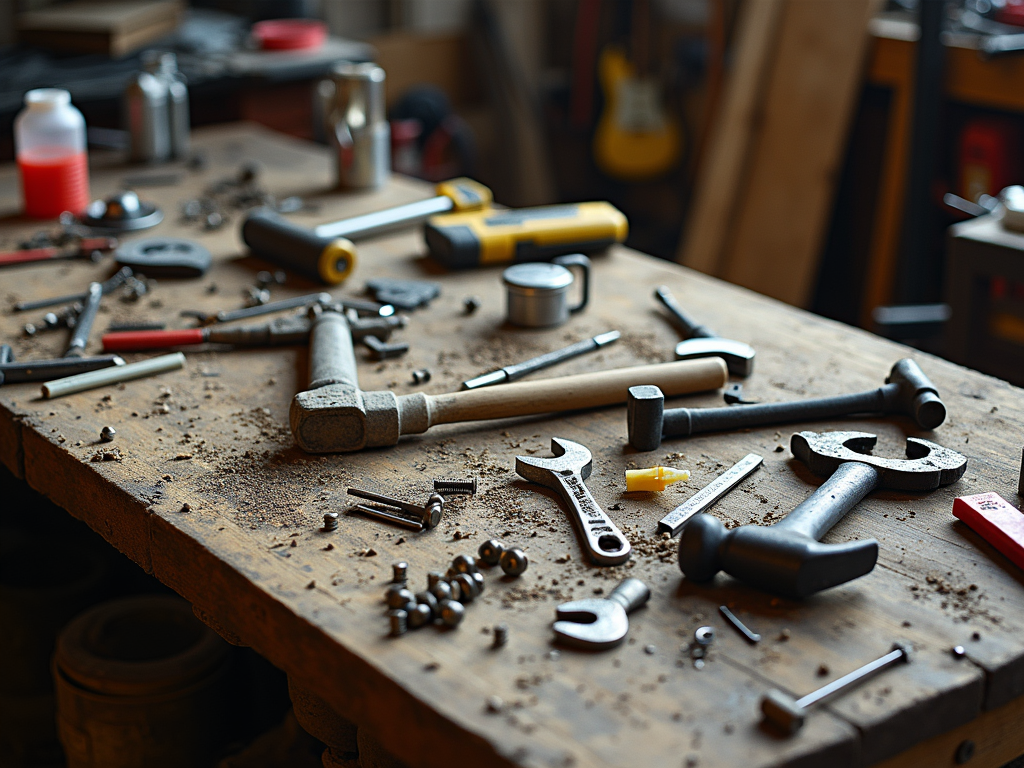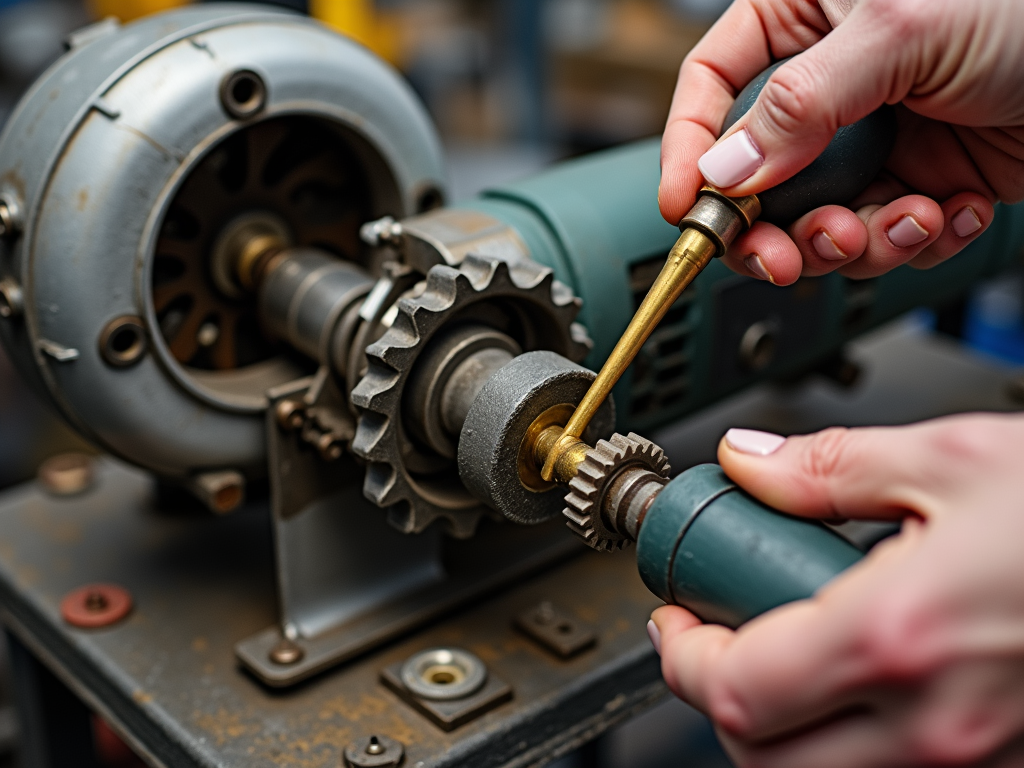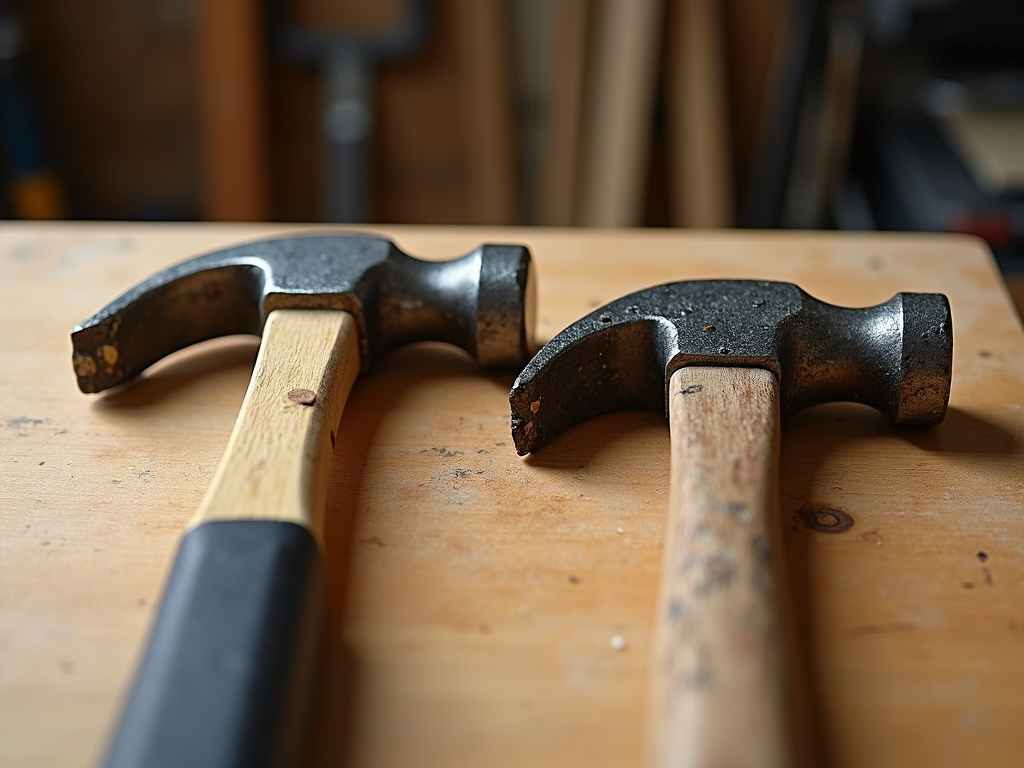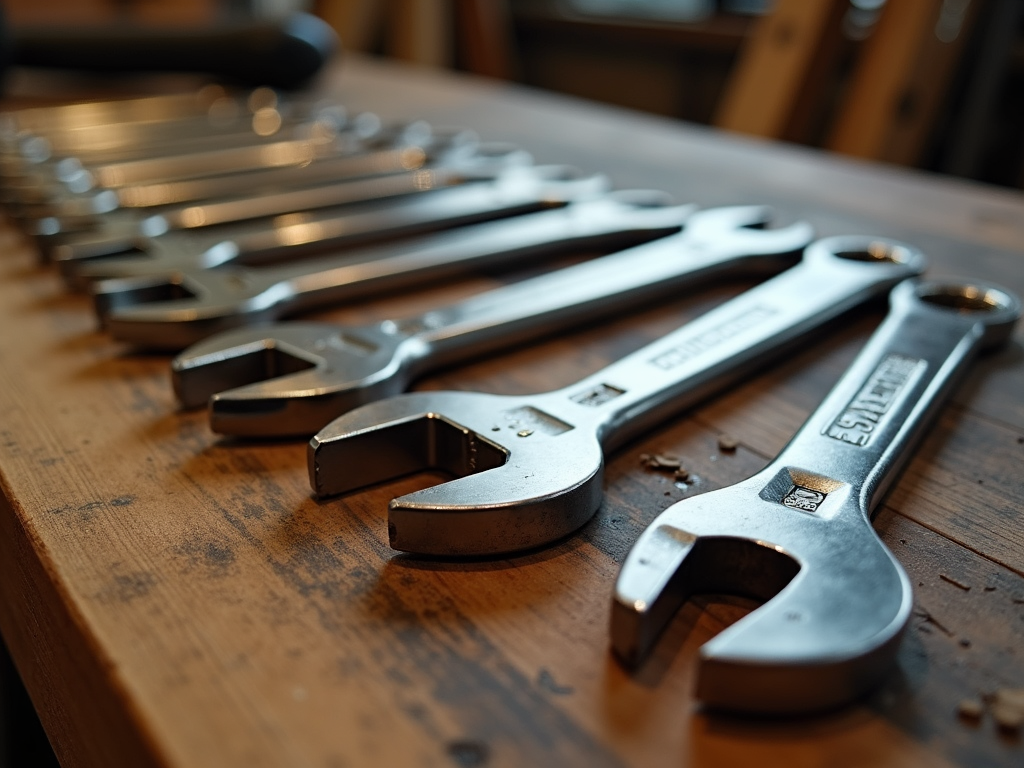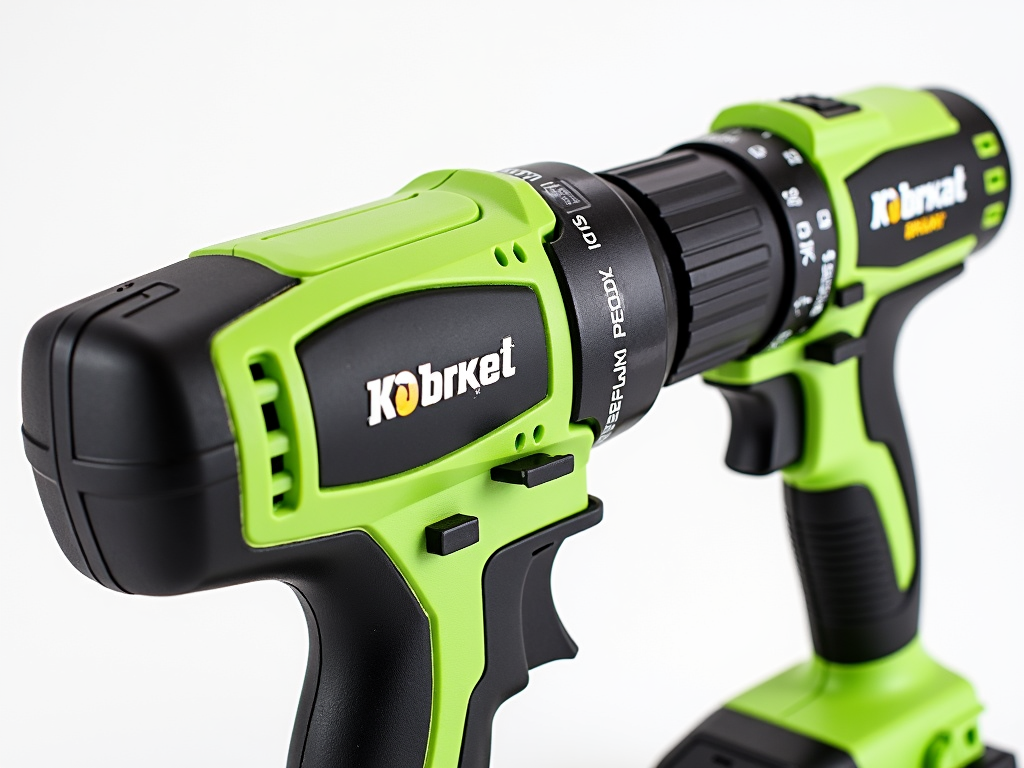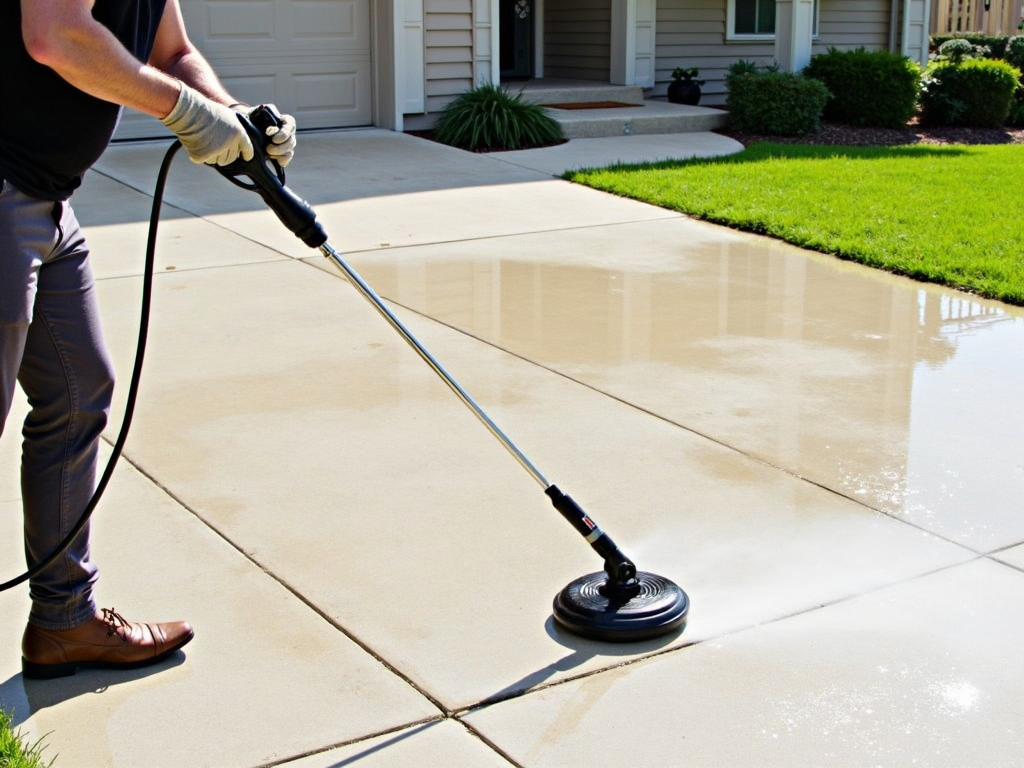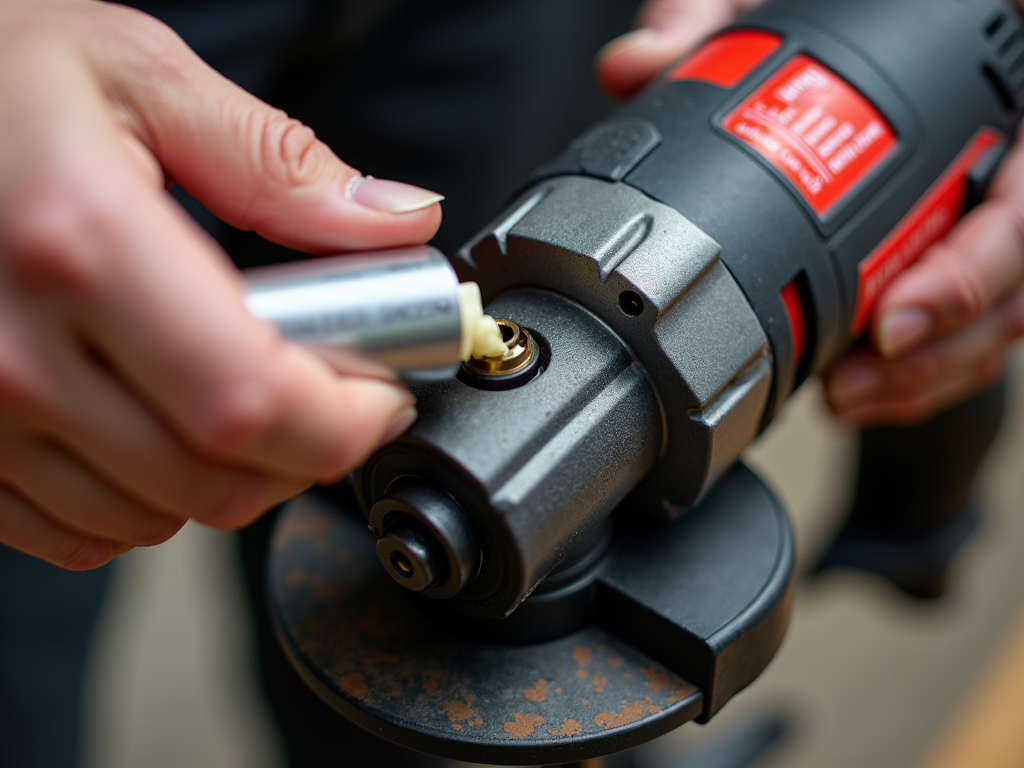Home wiring can seem daunting, but with the right knowledge and tools, even beginners can tackle basic projects safely. This guide covers everything from essential tools to safety practices, empowering you to handle simple electrical tasks confidently.
Understanding Home Wiring
Home wiring is the system of electrical circuits that power your home. It includes outlets, switches, lights, and appliances, all connected by wires to your electrical panel. Understanding the basics of home wiring is important for homeowners, even if you’re not planning to do major electrical work. Knowing how your system works can help you troubleshoot issues, make small repairs, and know when to call a professional.
At its core, home wiring consists of circuits. A circuit is a loop that electricity travels through, starting and ending at the electrical panel. Each circuit powers specific areas or devices in your home. For example, one circuit might power the lights in your living room, while another powers the outlets in your kitchen.
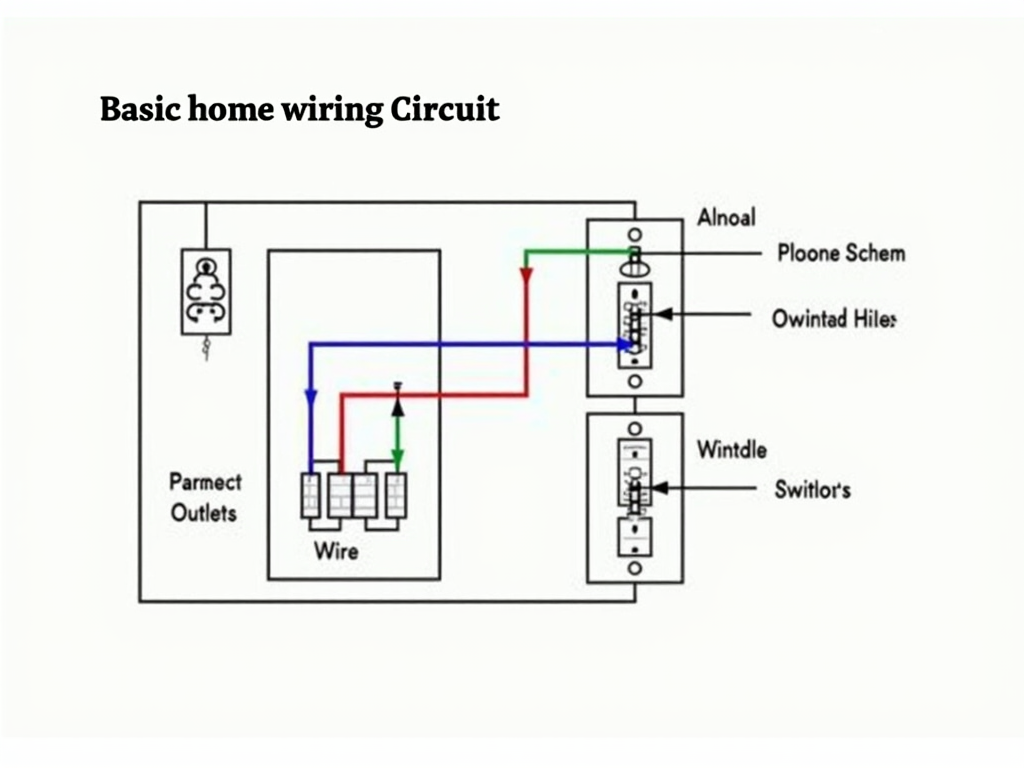
Essential Tools for Home Wiring
Picking the best electrical tools for home projects is crucial for safety and efficiency. Here’s a comprehensive guide to electrical tools you’ll need:
- Wire Strippers: For removing insulation from wires.
- Voltage Tester: To check if wires are live.
- Screwdrivers: Both flathead and Phillips for various screws.
- Pliers: Needle-nose and lineman’s pliers for gripping and cutting wires.
- Drill: For making holes to run wires through.
- Fish Tape: To pull wires through walls or conduits.
- Multimeter: For measuring voltage, current, and resistance.
When choosing tools, invest in quality. Cheap tools can break easily and may not be safe. Look for tools with insulated handles to protect against shocks.

Safety Practices in Home Electrical Repairs
Safety practices in home electrical repairs cannot be overstated. Always prioritize safety to prevent accidents. Here are some key tips:
- Turn Off the Power: Before starting any project, turn off the power at the electrical panel and use a voltage tester to confirm the wires are not live.
- Wear Protective Gear: Use insulated gloves and safety glasses.
- Avoid Water: Never work on electrical projects in wet conditions.
- Know Your Limits: If a project seems too complex, call a professional.
For specific projects, additional precautions may be necessary. For example, when working in tight spaces, ensure you have enough room to maneuver safely.
In case of an emergency, such as an electrical shock, know how to respond. If someone is shocked, do not touch them directly. Turn off the power source and call for help.

Step-by-Step Guide to Basic Wiring Projects
Let’s walk through a simple project: replacing an outlet.
- Turn Off the Power: Locate the circuit breaker for the outlet and turn it off. Use a voltage tester to confirm the power is off.
- Remove the Old Outlet: Unscrew the cover plate and the outlet from the wall box. Carefully pull the outlet out and note how the wires are connected.
- Disconnect the Wires: Loosen the screws holding the wires and remove them.
- Connect the New Outlet: Attach the wires to the new outlet in the same configuration as the old one. Tighten the screws securely.
- Install the New Outlet: Push the outlet back into the wall box and screw it in place. Replace the cover plate.
- Turn On the Power: Go back to the electrical panel and turn the circuit breaker on. Test the outlet to ensure it works.
Remember, this is a basic project. For more complex tasks, like adding a new circuit, consult a professional or thoroughly research the requirements and local codes.

Common Mistakes and How to Avoid Them
When I first started working on home wiring, I made plenty of mistakes. One time, I forgot to turn off the power and got a shock while replacing a switch. It was a painful lesson, but I learned to always double-check that the power is off.
Another mistake was using the wrong size wire for a project. Using wire that’s too small can lead to overheating and fire hazards. Always check the amperage requirements and use the appropriate wire gauge.
To avoid mistakes, take your time, double-check your work, and don’t hesitate to ask for help if you’re unsure.
When to Call a Professional
While many home wiring projects are manageable for beginners, some are best left to professionals. If a project involves:
- Adding new circuits
- Working with the main electrical panel
- Dealing with aluminum wiring
- Complying with complex local codes
It’s wise to hire a licensed electrician. They have the expertise and tools to handle these tasks safely and correctly.
Home wiring doesn’t have to be intimidating. With the right tools, knowledge, and safety practices, you can handle basic projects confidently. Remember to always prioritize safety and know when to call a professional.
Related The Complete Beginner’s Guide to Home Wiring:
- Why Upskilling Matters in Automated Factories
- Organizing Your Workbench for Maximum Efficiency: A Comprehensive Guide
- How to Keep Your Power Tools Running Strong
- Keep Your Power Tools Running Strong: The Ultimate Guide to DIY Tools Maintenance
- Choosing the Right Tools for Your Construction Project
- Top-Quality Workman Tools for Contractors: A Comprehensive Guide
- Must-Have Electrical Tools for DIY Enthusiasts: A Comprehensive Guide
- Revolutionizing DIY: How Black & Decker's Cordless Innovations Transformed Power Tools
- Choosing the Right Plumbing Tools for Your Home: A Comprehensive Guide
- Power Washer Accessories for Better Cleaning: Enhance Your Cleaning Game
- Choosing the Right Workwear for Your Job
- Essential Maintenance Tips for Power Tools: Keep Your Equipment Running Smoothly and Safely

